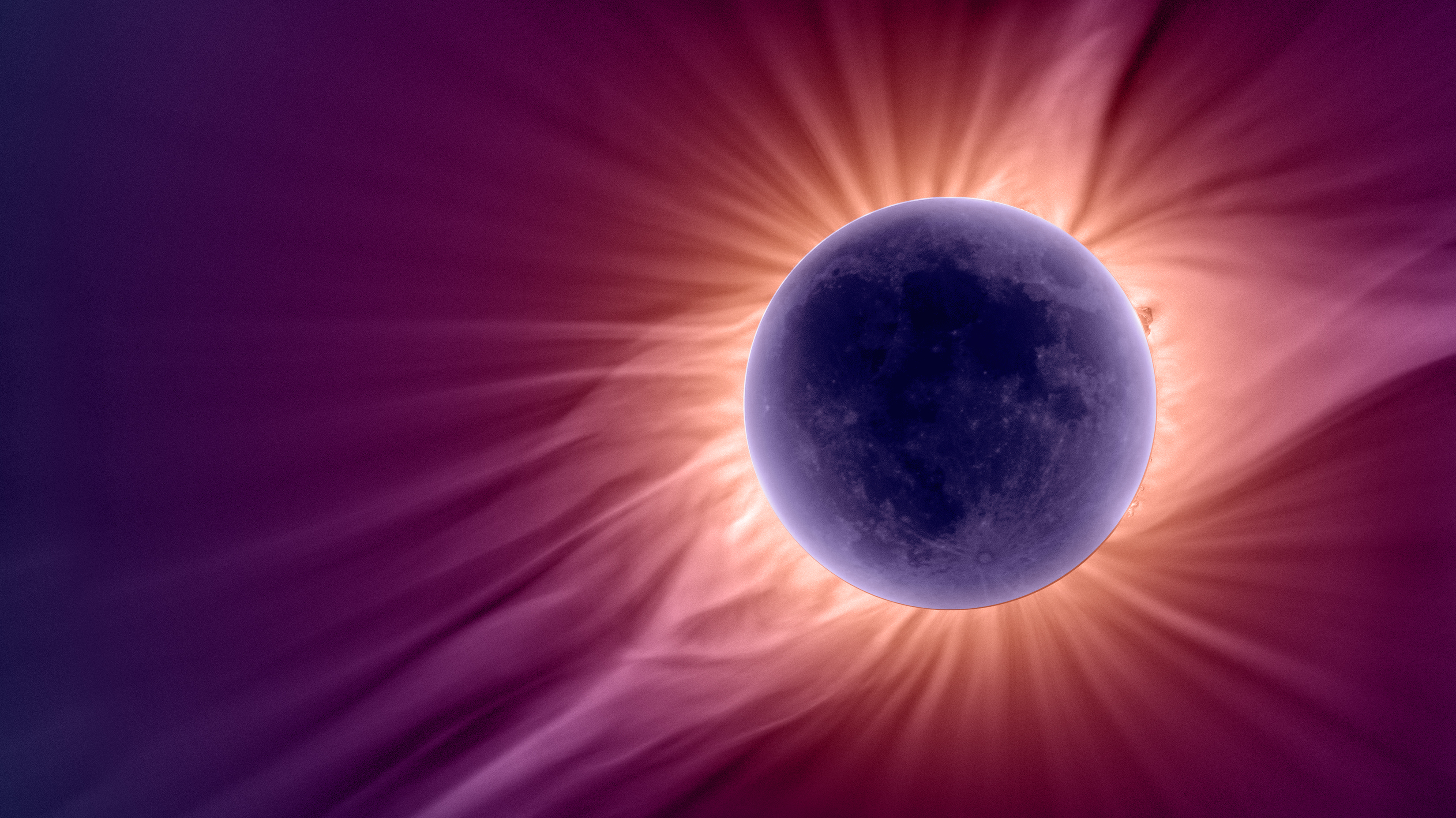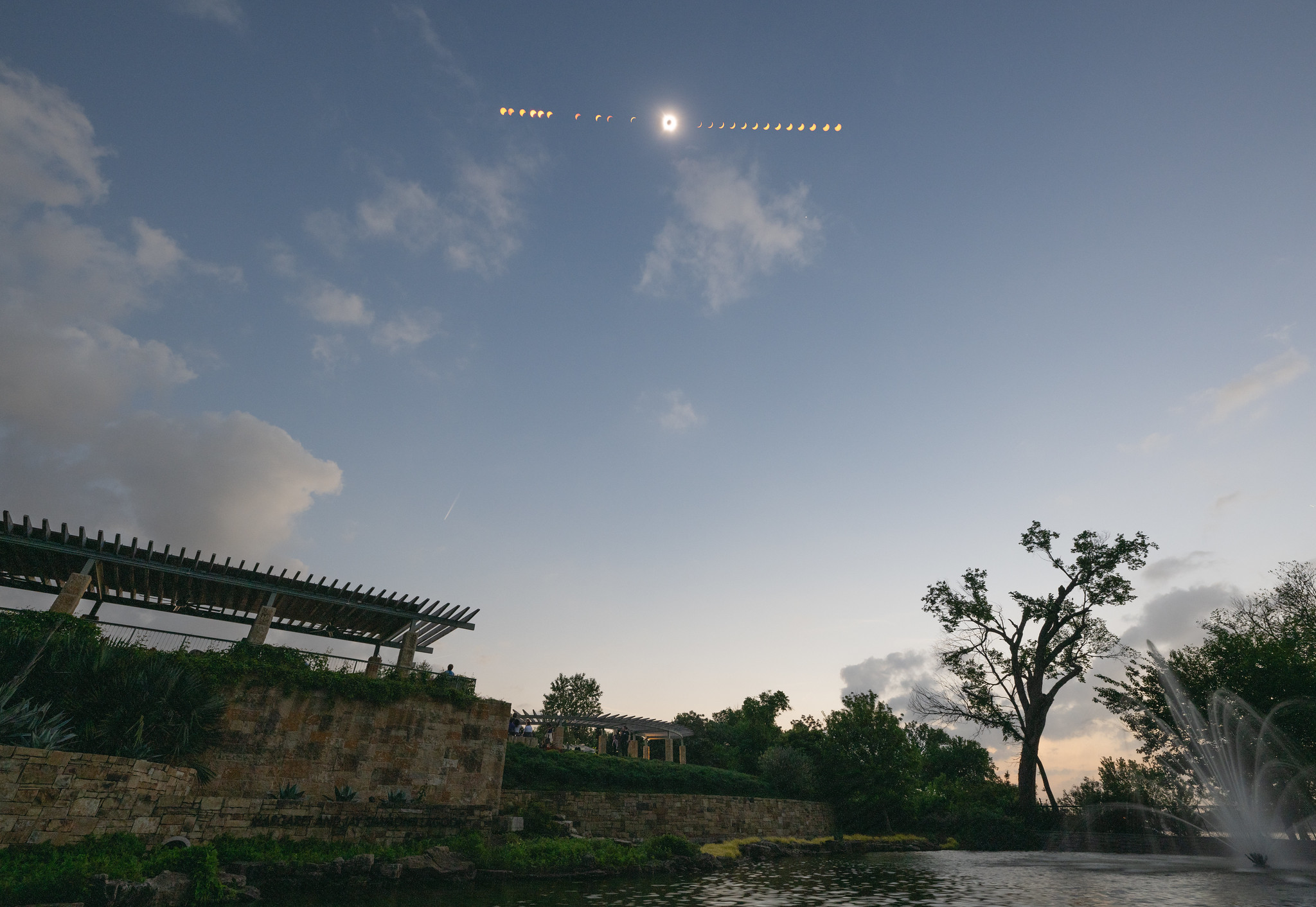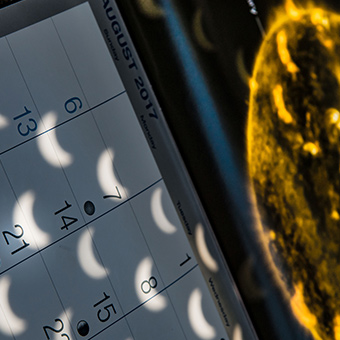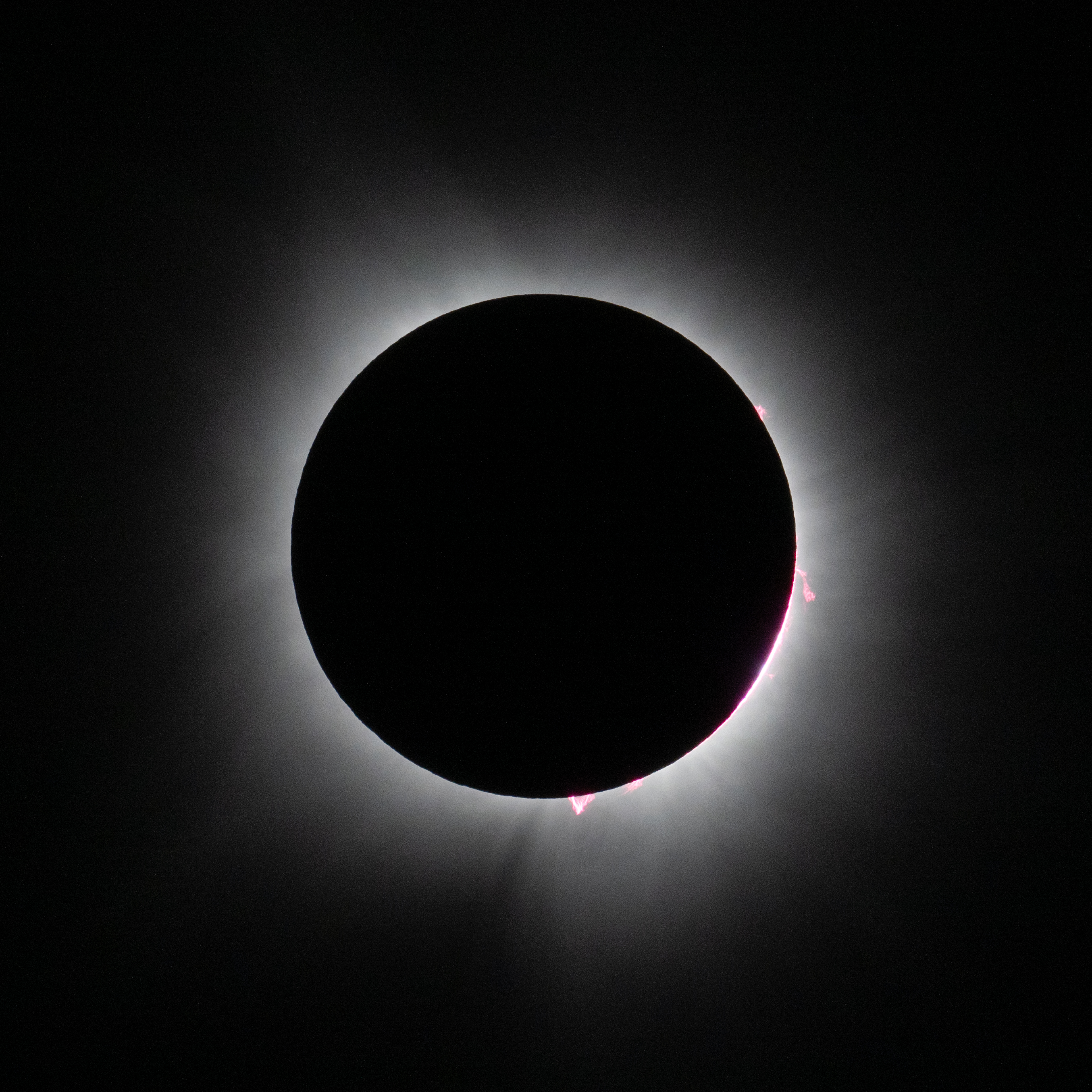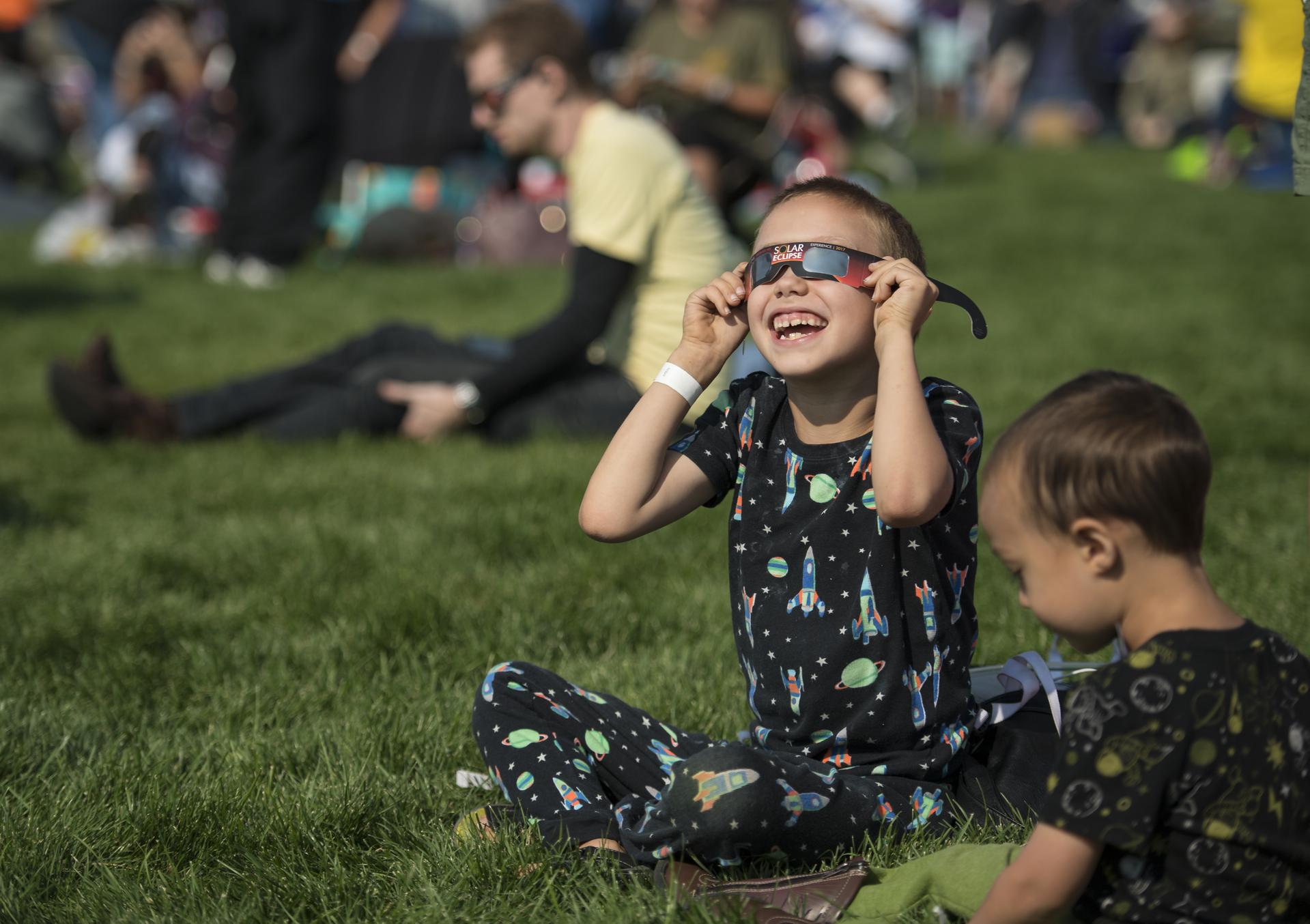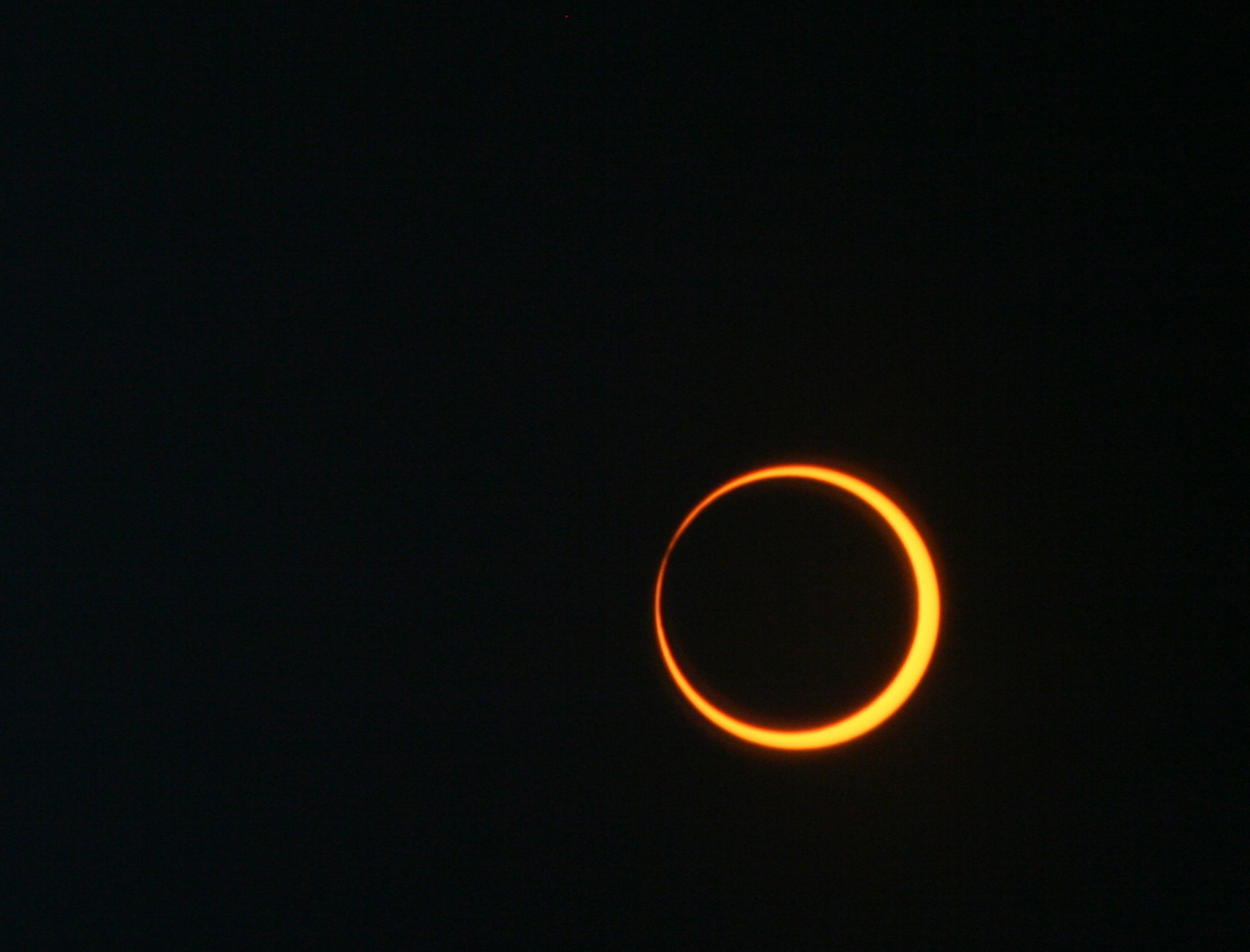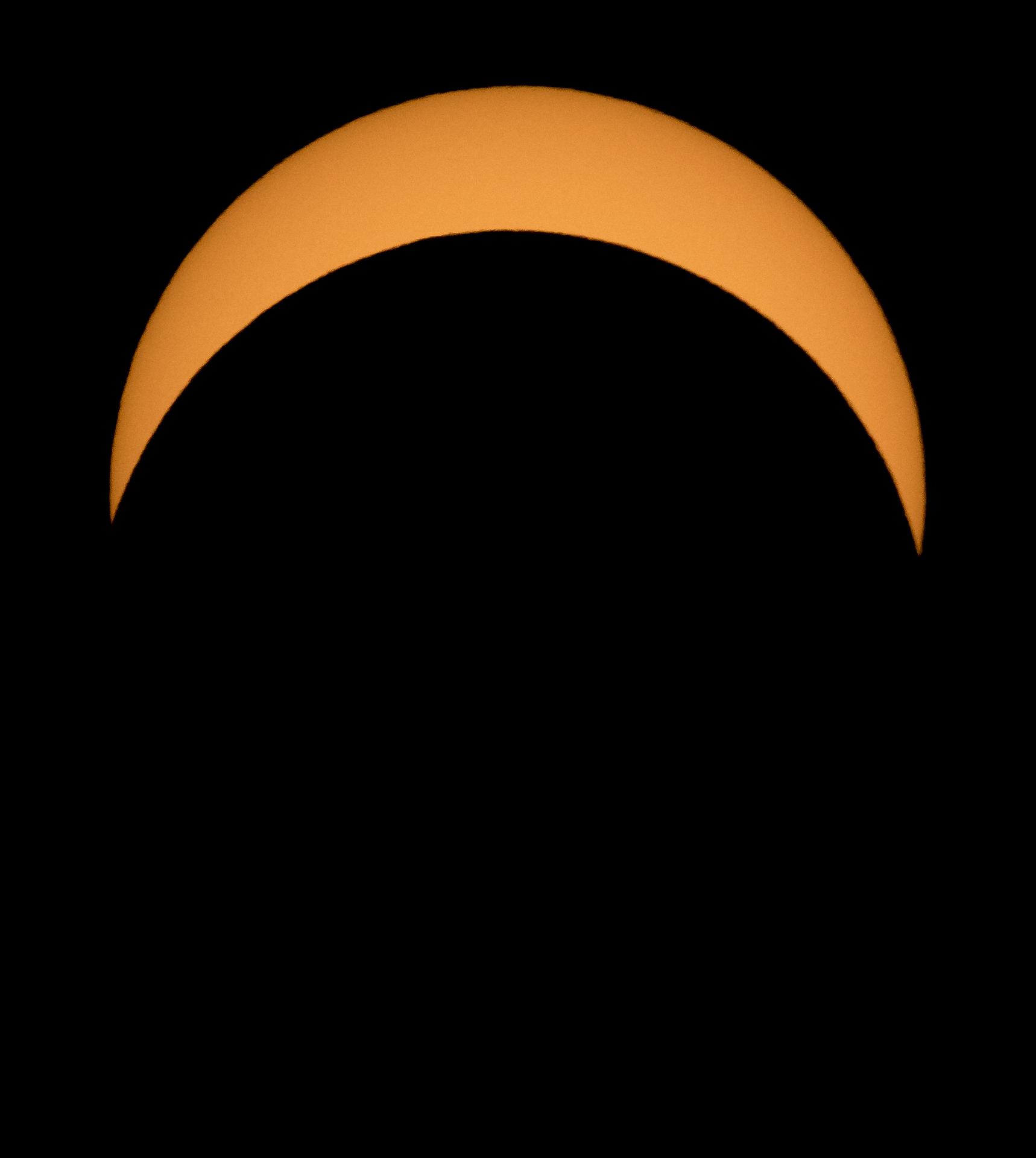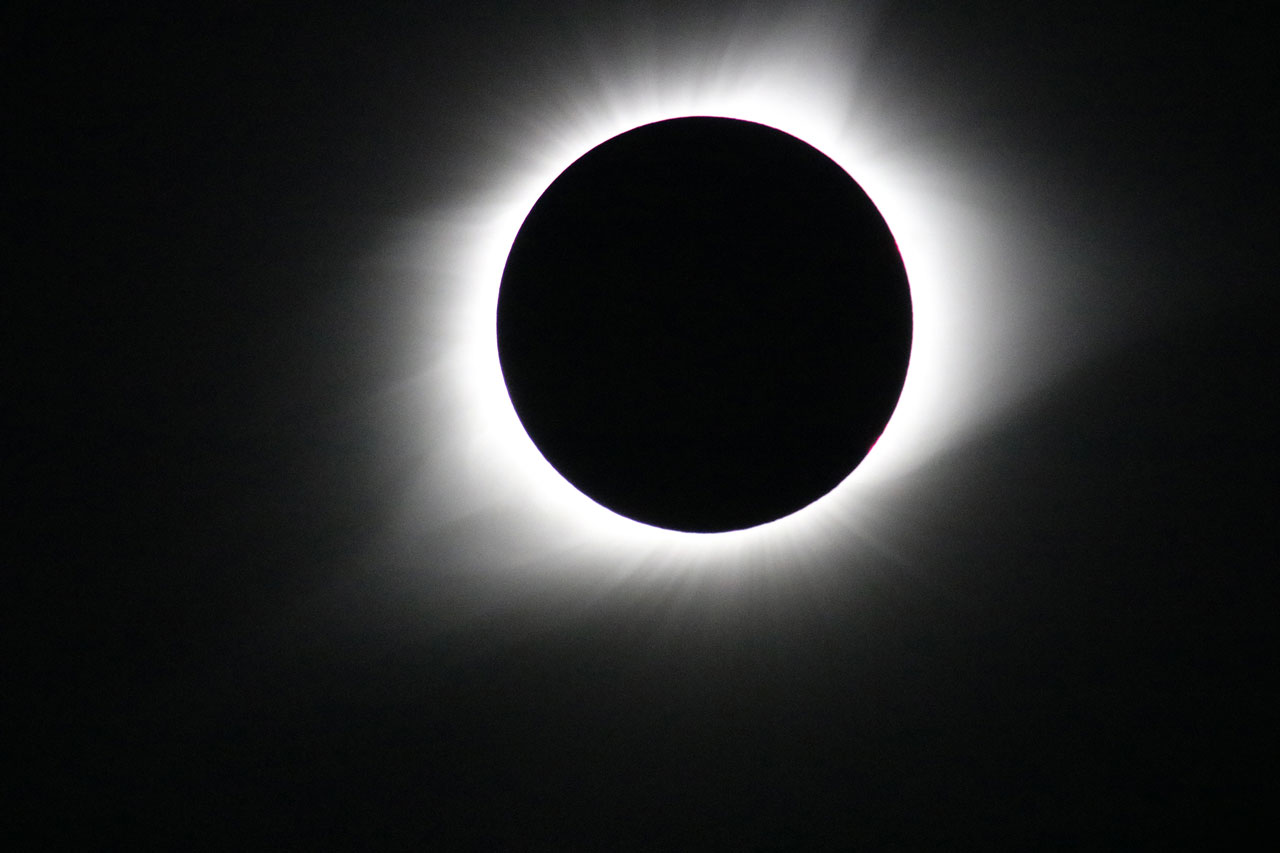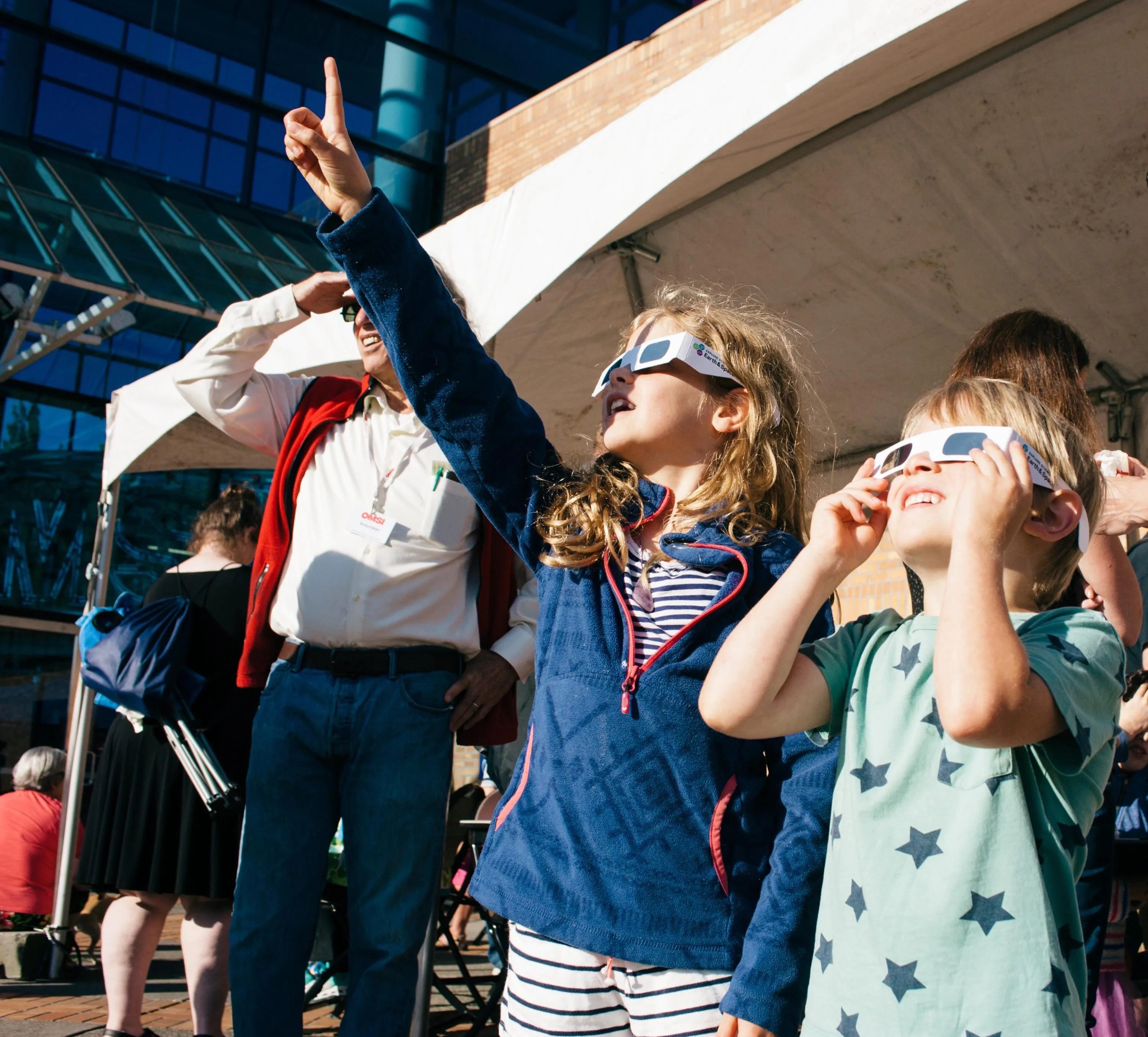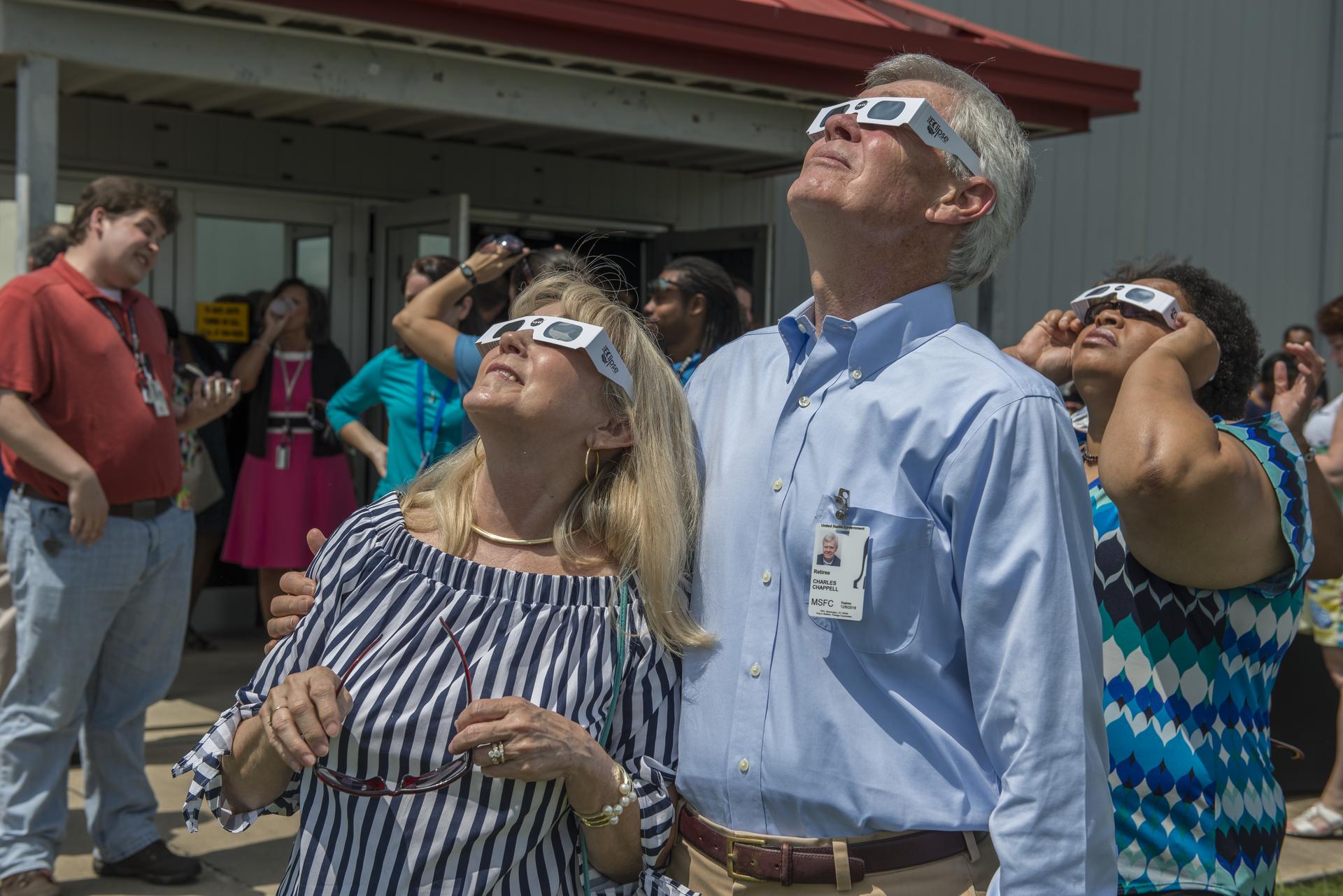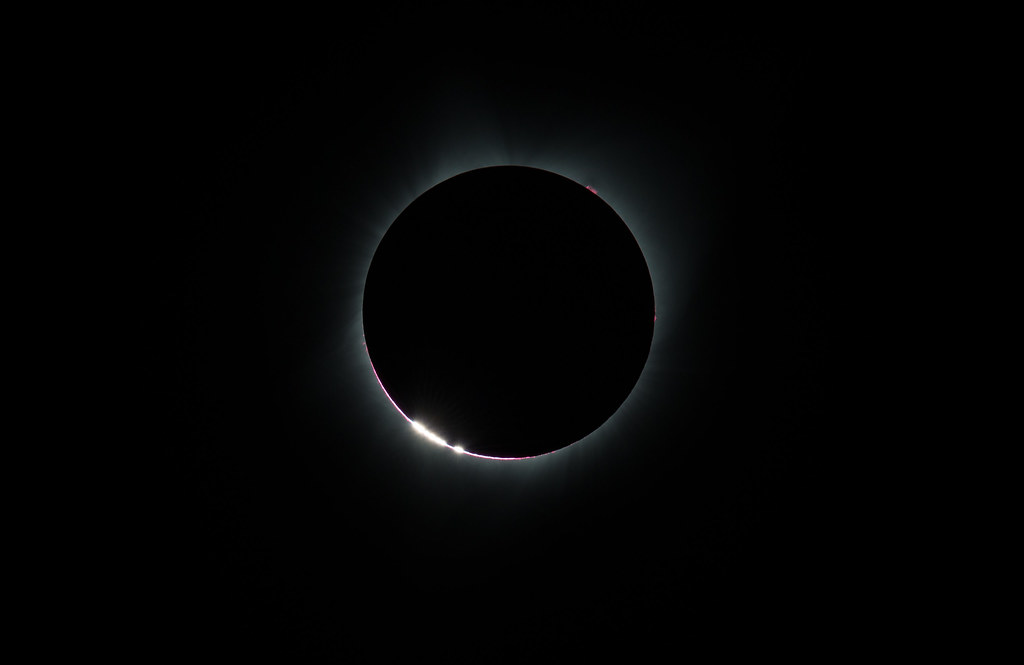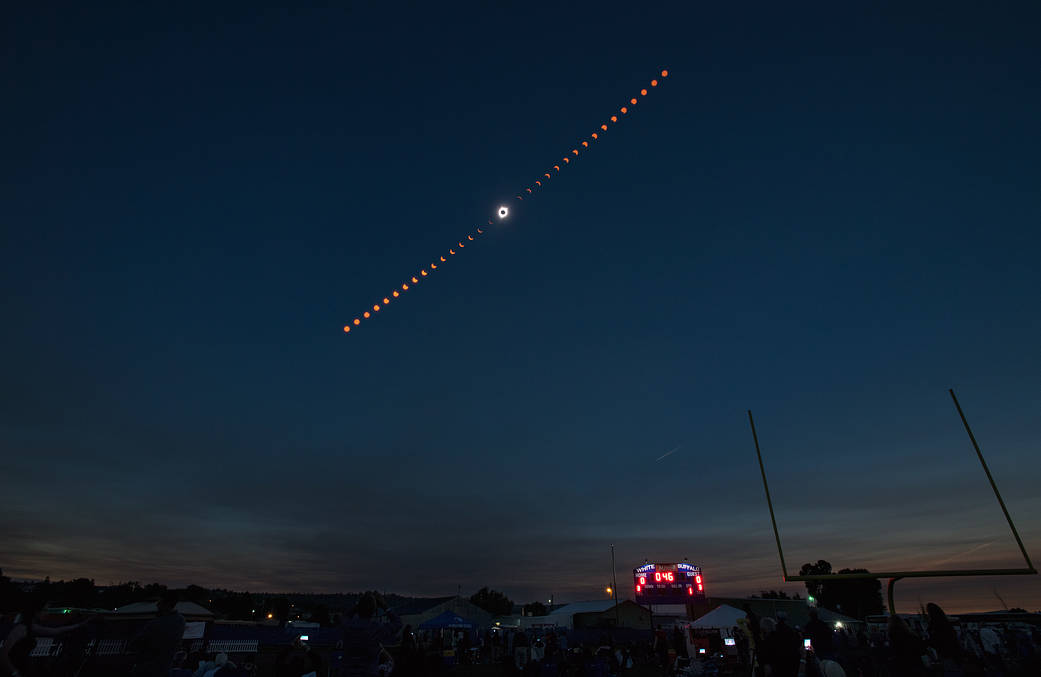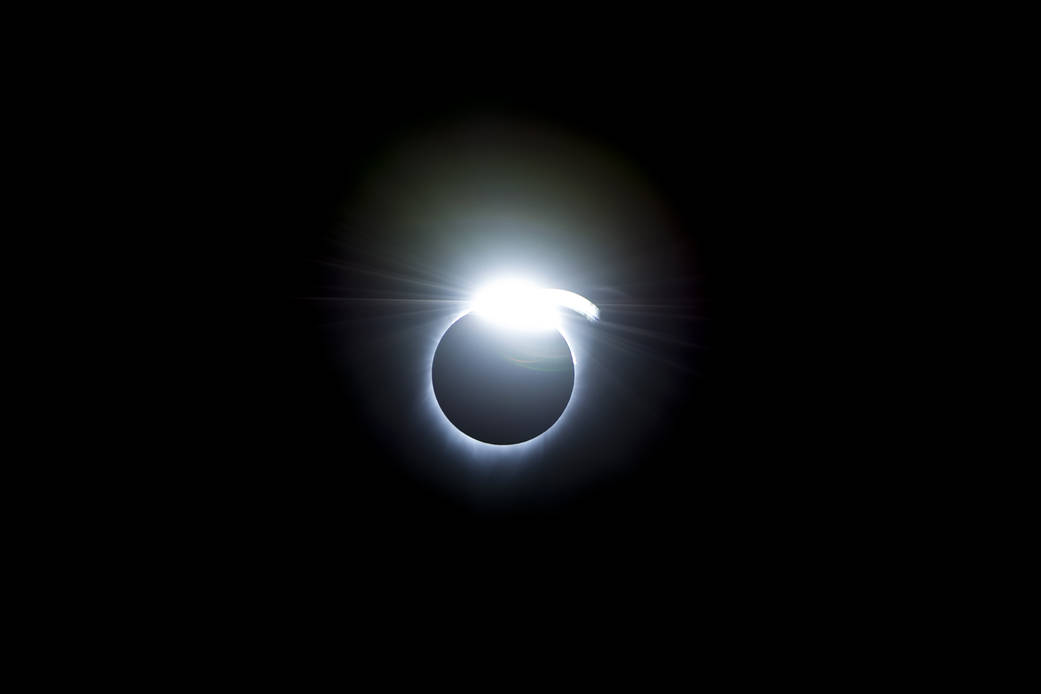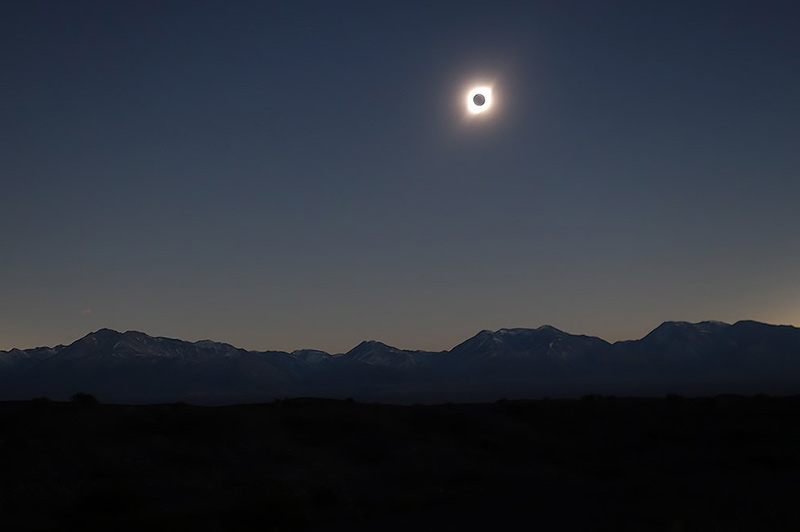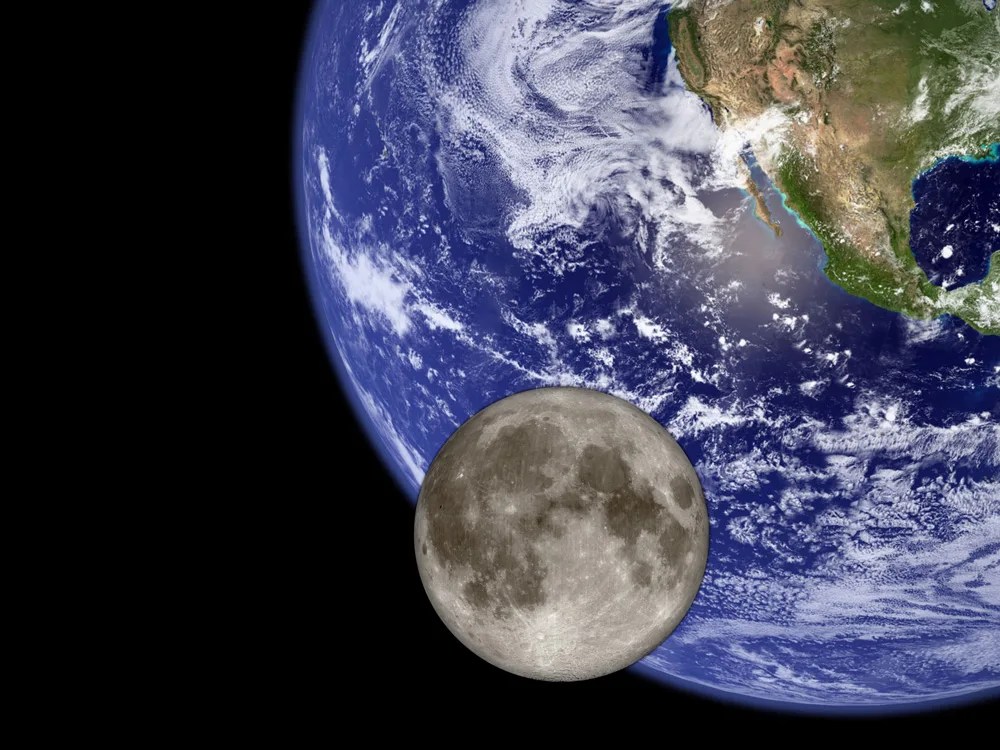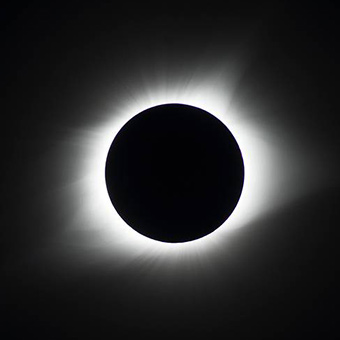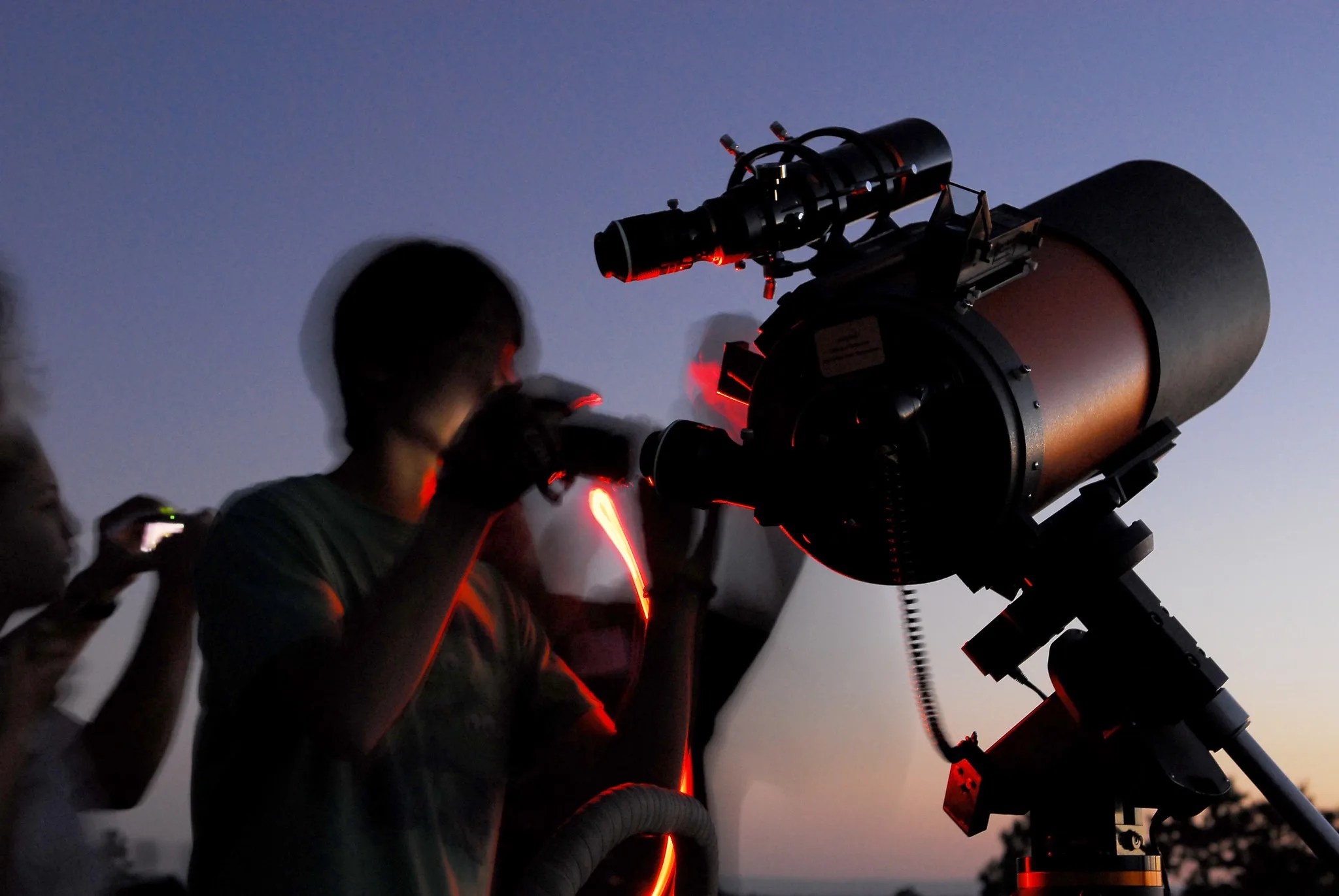About Eclipses
An eclipse is an awe-inspiring celestial event that drastically changes the appearance of the two biggest objects we see in our sky: our Sun and Moon. On Earth, people can experience solar and lunar eclipses when Earth, the Moon, and the Sun line up. Safety is the number one priority when viewing a solar eclipse. Be sure to follow these safety guidelines when viewing a solar eclipse.
Quick Facts
Annular Solar Eclipse
On Oct. 2, 2024, an annular solar eclipse will be visible in parts of South America, creating a "ring of fire" in the sky. A partial solar eclipse will be visible in parts of South America, Antarctica, North America, the Atlantic Ocean, and the Pacific Ocean, including Hawaii.
Learn More About This Eclipse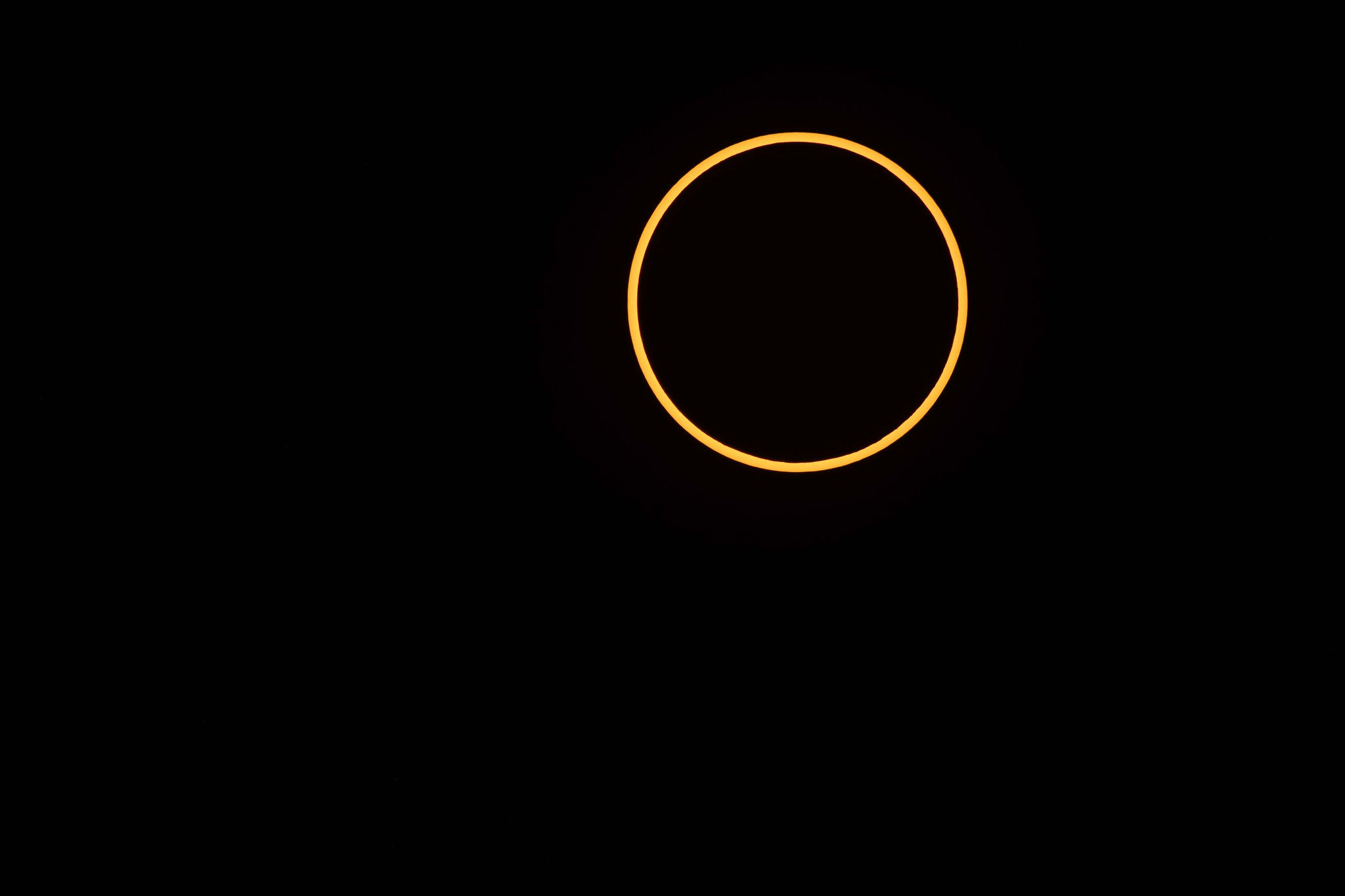
The April 8 Total Solar Eclipse: Through the Eyes of NASA
On April 8, 2024, the Moon’s shadow swept across North America, treating millions to a breathtaking view of a total…
Read the Story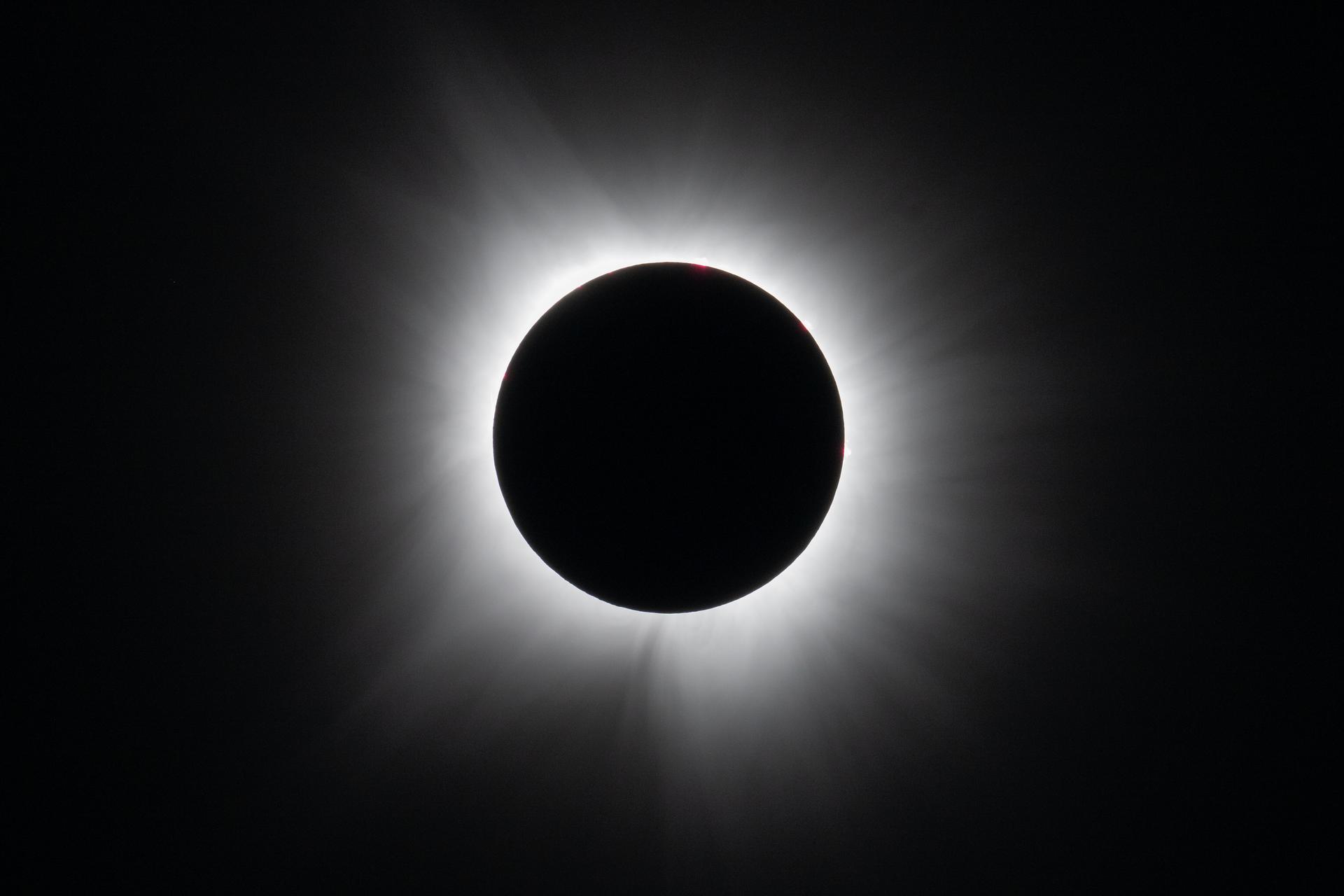
Eye Safety During an Eclipse
Observing our star, the Sun, can be safe and inspirational.
Except for a specific and brief period of time during a total solar eclipse, you must never look directly at the Sun without proper eye protection, such as safe solar viewing glasses (eclipse glasses). Eclipse glasses are NOT the same as regular sunglasses; regular sunglasses are not safe for viewing the Sun. During a total solar eclipse, you must wear your eclipse glasses (or use other solar filters) to view the Sun directly during the partial eclipse phase. You can only take your glasses off during the short time when the Moon completely obscures the Sun – known as the period of totality. If you don’t have eclipse glasses, you can use an indirect viewing method, such as a pinhole projector, which projects an image of the Sun onto a nearby surface.
It is safe to look at the Moon with unprotected eyes or through a telescope during all types and during all stages of a lunar eclipse.
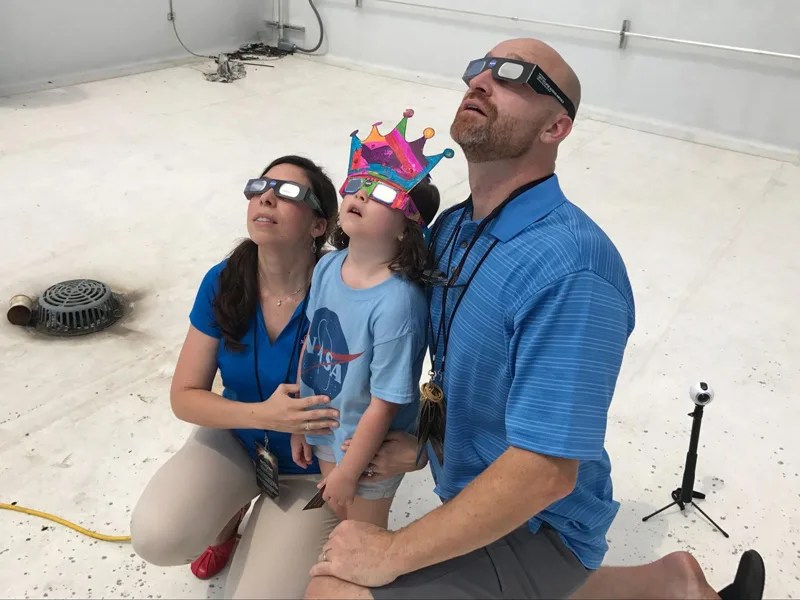
Citizen Science Projects
Observing a solar eclipse is one of many ways to get in on the fun of doing science.
You can get involved with NASA science by participating in a number of NASA-funded citizen science projects. Citizen science projects are collaborations between scientists and interested members of the public. Through these collaborations, volunteers (known as citizen scientists) have helped make thousands of important scientific discoveries.
Read More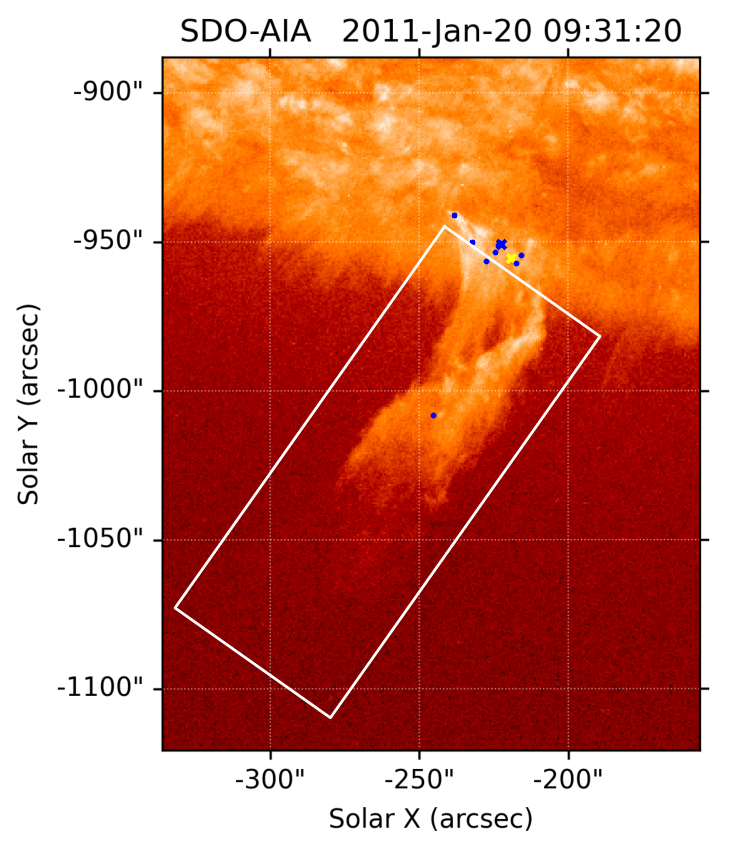
Know your eclipses!
There are four types of solar eclipses: Total, partial, hybrid, and annular.
The type of eclipse that people get to see depends on how the Moon aligns with Earth and the Sun, and how far away the Moon is from Earth. There are three types of lunar eclipses: total, partial, and penumbral. At least two partial lunar eclipses happen every year, but total lunar eclipses are rare. Unlike a solar eclipse, it is always safe to look at a lunar eclipse with the naked eye.
Learn More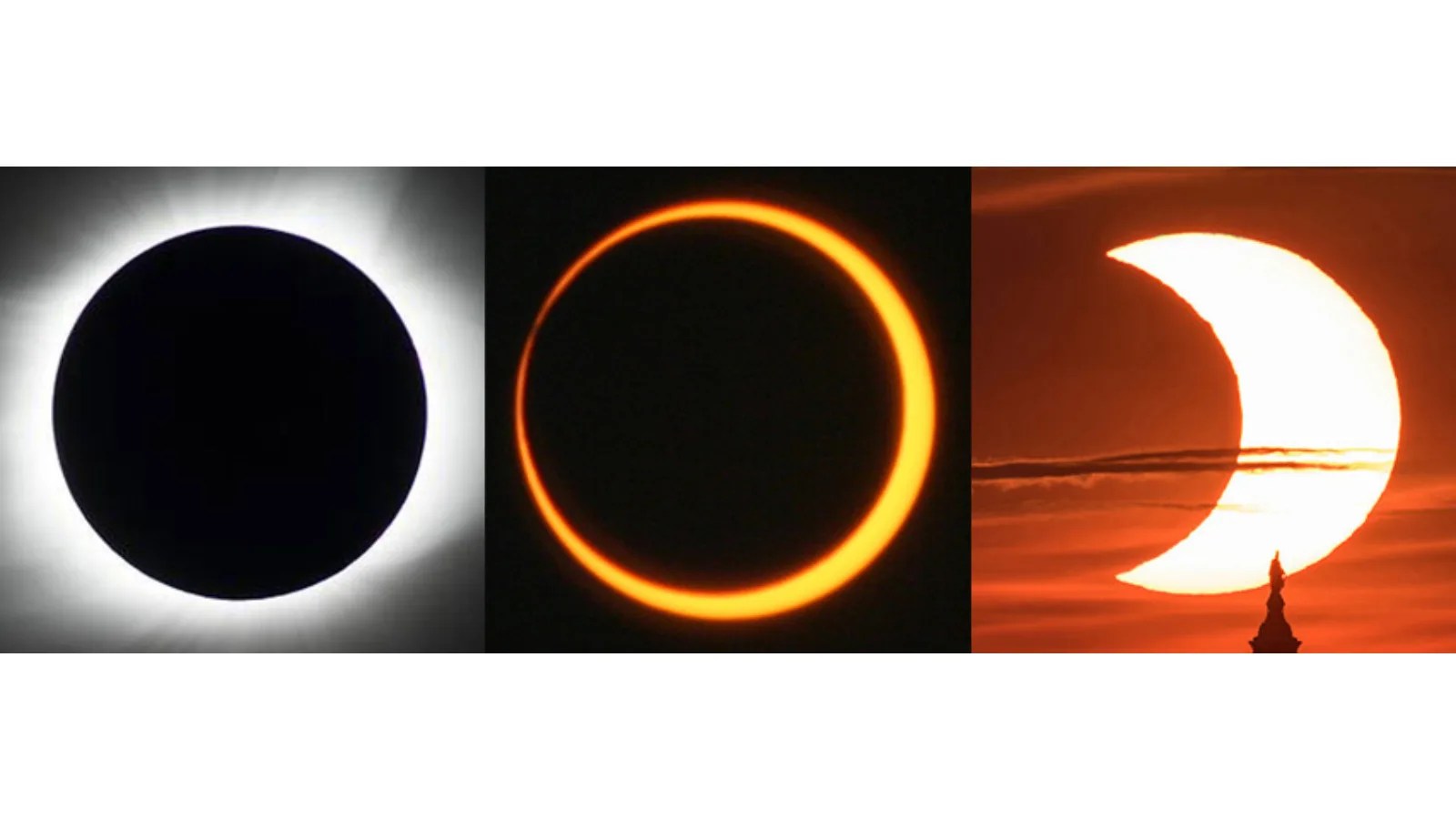
Science of Eclipses
Eclipses aren’t just beautiful – they’re great for science.
In addition to inspiring artists and musicians, eclipses have driven numerous scientific discoveries. For over a century, solar eclipses helped scientists decipher the Sun’s structure and explosive events, find evidence for the theory of general relativity, discover a new element, and much more. NASA scientists still study eclipses to make new discoveries about the Sun, Earth, and our space environment. Total solar eclipses are particularly important because they allow scientists to see a part of the Sun’s atmosphere – known as the corona – which is too faint to see except when the bright light of the Sun’s surface is blocked.
Learn More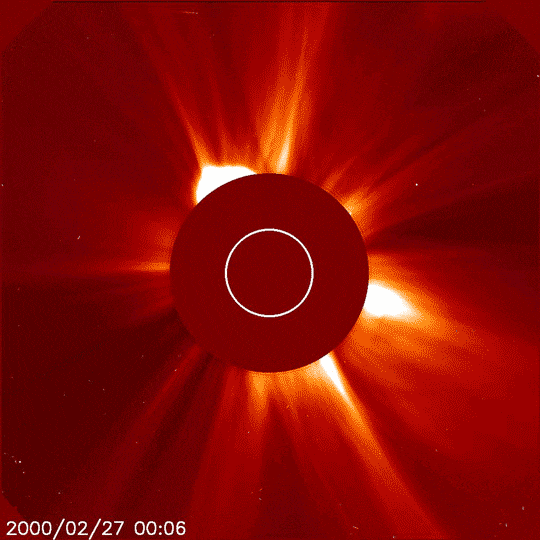
History of the Eclipse
Eclipses have fascinated humans from the beginning.
Throughout time, humans have had different interpretations of and reactions to these striking celestial events. In fact, historical records of eclipses from scribes in Anyang, China, helped astronomers at NASA’s Jet Propulsion Laboratory to determine how Earth’s rotation has changed over time. Determining exactly when the eclipse was seen and where the Moon's shadow fell on Earth helped the scientists calculate the rate of Earth's spin. The eclipses they used for this research were in 1226 B.C.E., 1198 B.C.E., 1172 B.C.E., 1163 B.C.E., and 1161 B.C.E.
Learn More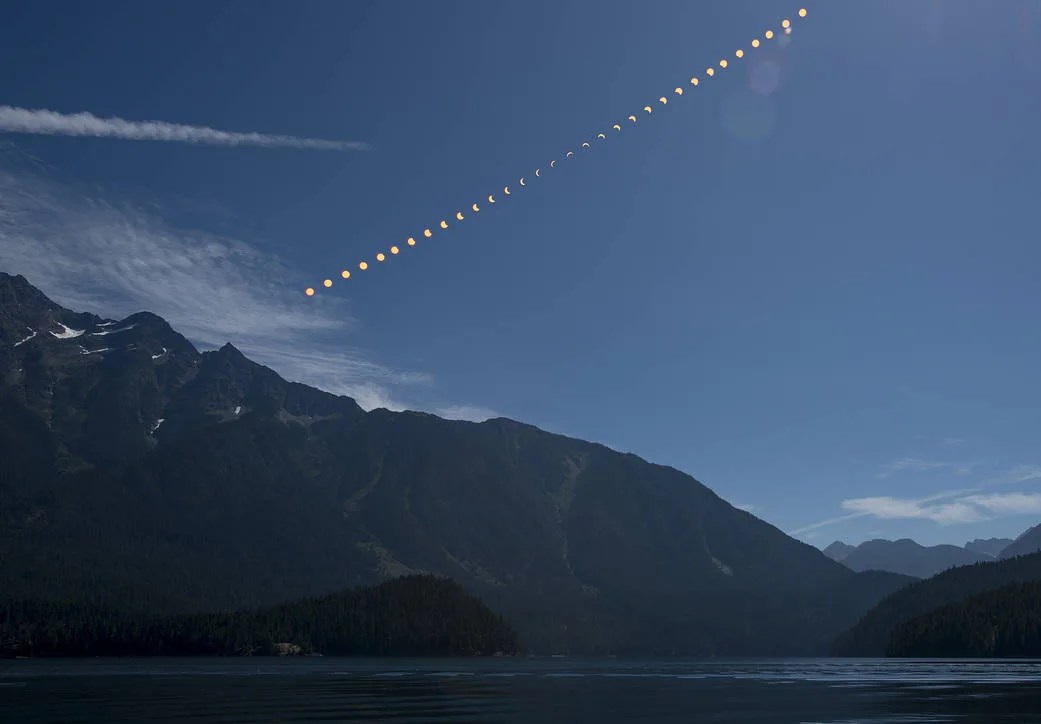
April 8, 2024
2024 Total Solar Eclipse
A total solar eclipse is seen in Dallas on Monday, April 8, 2024.
A total solar eclipse swept across a narrow portion of the North American continent from Mexico’s Pacific coast to the Atlantic coast of Newfoundland, Canada. A partial solar eclipse was visible across the entire North American continent along with parts of Central America and Europe.
Eclipse Stories

Solar Eclipse Data Story Helps the Public Visualize the April 2024 Total Eclipse

Celebrate Heliophysics Big Year: Free Monthly Webinars on the Sun Touches Everything

Celebrate the Heliophysics Big Year with Free Heliophysics and Math Webinars from NASA HEAT
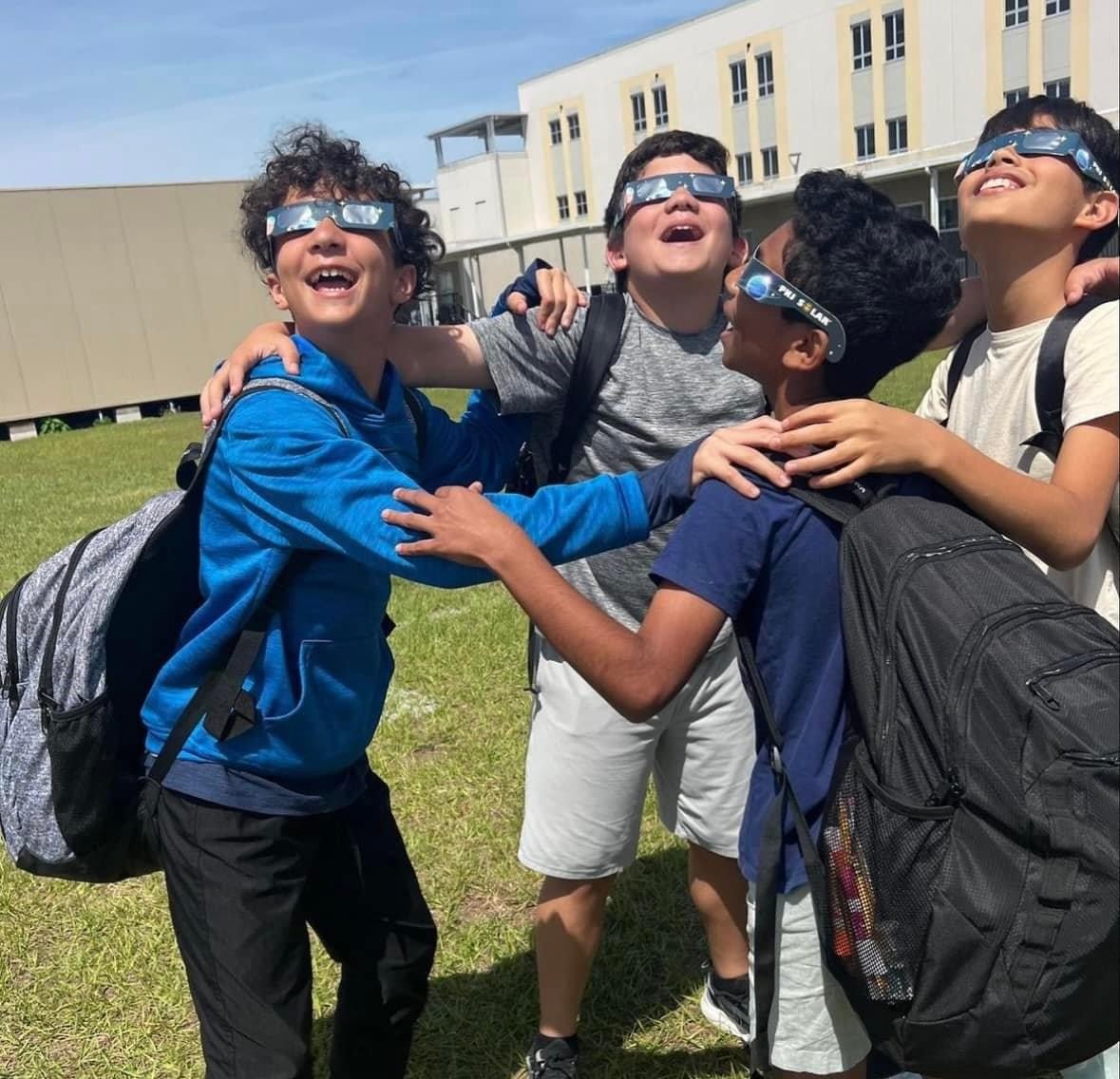
NASA@ My Library and Partners Engage Millions in Eclipse Training and Preparation

